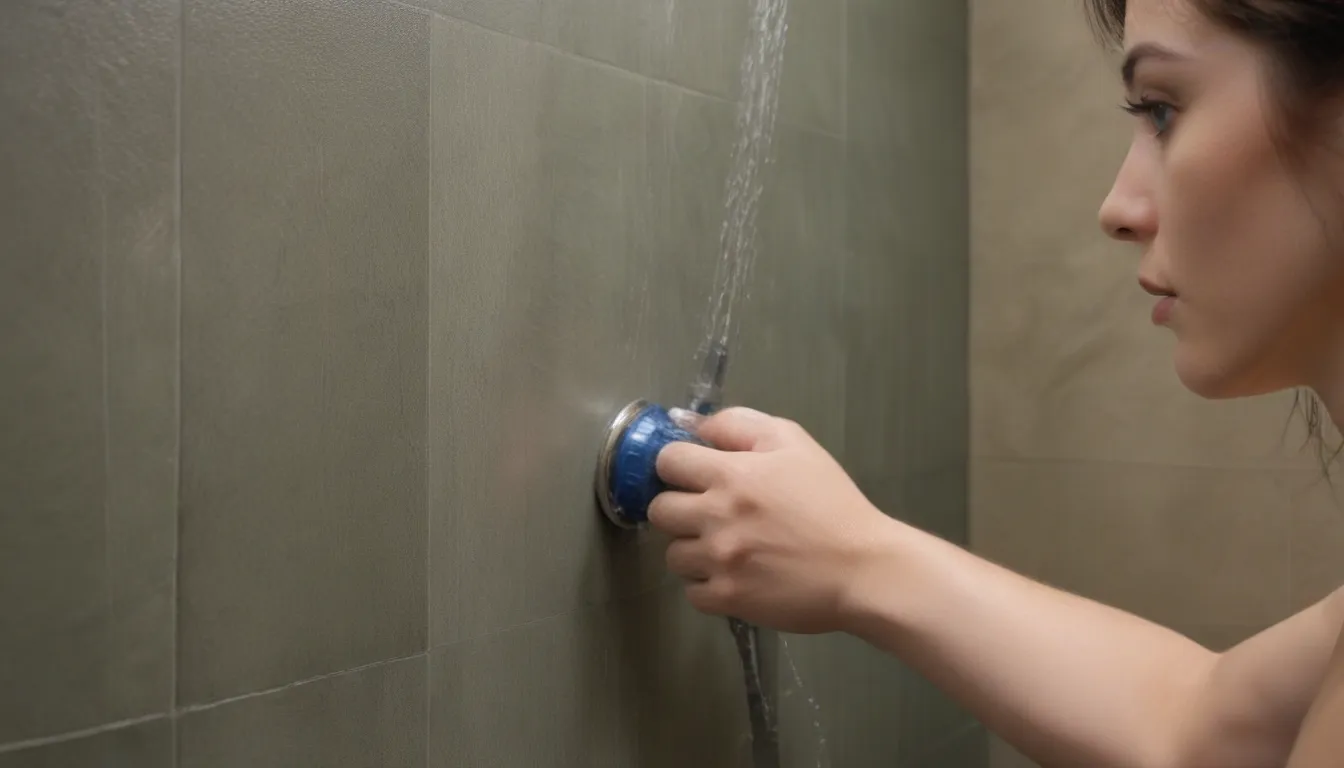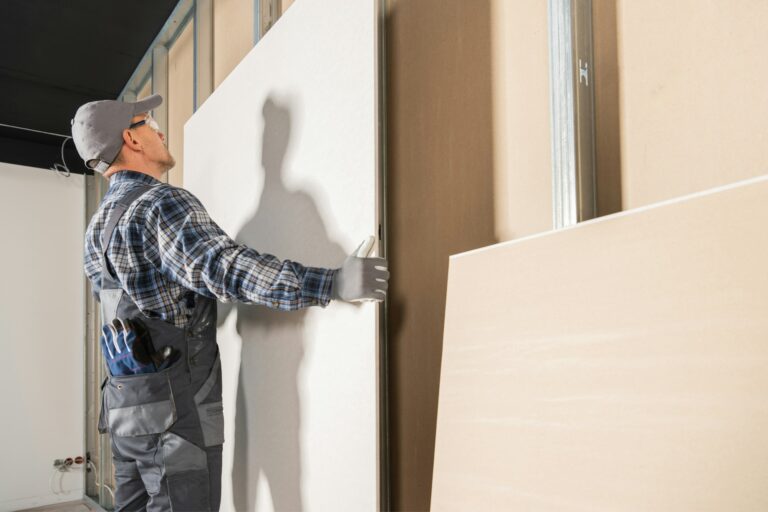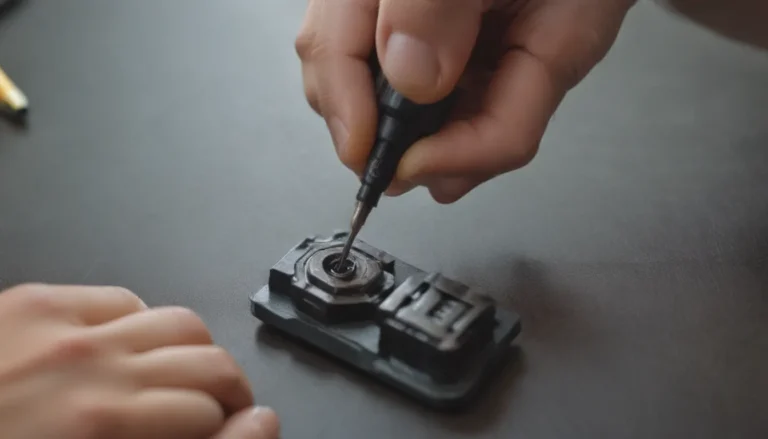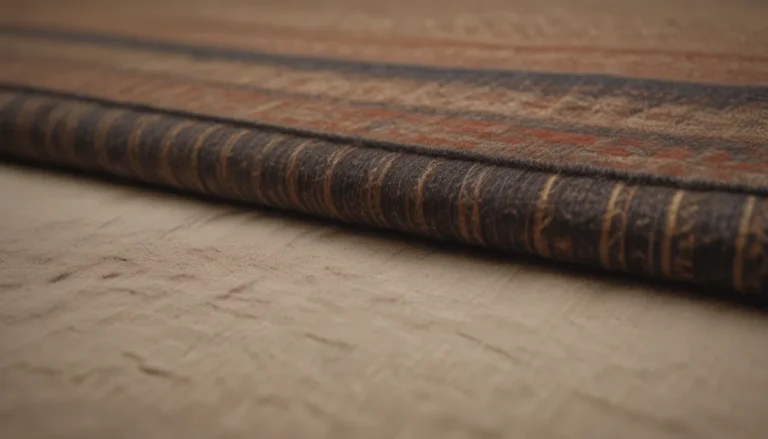How to Effectively Repair a Fiberglass Shower

Fiberglass or acrylic showers are a common choice for many homeowners due to their affordability and ease of installation. However, over time, these surfaces can become damaged, creating cracks or holes that need to be repaired. In this comprehensive guide, we will walk you through the process of repairing a fiberglass shower using a repair kit. Whether you are a seasoned DIY enthusiast or a novice looking to tackle a home improvement project, this article will provide you with all the information you need to successfully repair your fiberglass shower.
Understanding the Repair Process
Before you begin the repair process, it’s important to understand the options available to you. While some homeowners opt for complete replacement or the installation of a new liner, repairing the existing damage with a fiberglass/acrylic repair kit is a fast and cost-effective solution. These repair kits contain epoxy-like materials that are similar to the compounds used in automobile body repairs, making them a durable and effective choice for repairing fiberglass showers.
Benefits of Using a Repair Kit
- Cost-effective solution
- Easy to use
- Durable and long-lasting results
- Factory-matched color options available
Selecting the Right Repair Kit
While some homeowners may consider using automotive body filler for the repair, it’s recommended to invest in a repair kit that is specifically designed for fiberglass showers. These kits come with filler paste that is color-matched to your fixture, making it easier to achieve a seamless repair. Additionally, most kits include everything you need to complete the repair, with only a few extra tools and materials required.
Safety Considerations
Before you begin the repair process, make sure to prioritize safety. The epoxy-type filler used in the repair kit can produce hazardous fumes, so it’s important to work in a well-ventilated area and use an approved ventilator mask. Always follow the manufacturer’s recommendations for safety measures to protect yourself during the repair process.
Materials and Tools You Will Need
To successfully repair your fiberglass shower, you will need the following materials and tools:
Materials
- Fiberglass/acrylic repair kit
- Nail polish remover or acetone
- Rubbing compound
- Clear coat (if included in the kit)
- Lightening or darkening toners (if necessary)
Tools
- Utility knife
- Mixing cups
- Mixing stick
- Wet/dry sandpaper (220-, 320-, 400-, and 600-grit)
- Buffing bonnet or automotive buffing tool
- Protective gloves
- Eye protection
Step-by-Step Repair Instructions
Now that you have gathered all the necessary materials and tools, you are ready to begin the repair process. Follow these step-by-step instructions to repair your fiberglass shower effectively:
- Open up the Crack
- Use a sharp utility knife to carve out a V shape around the edges of the damaged area, ensuring you cut through the color layer of the acrylic or fiberglass.
-
Angle the sides of the damaged area for smooth application of the filler paste.
-
Roughen Surface Area
- Use 220-grit sandpaper to slightly roughen the entire repair area, allowing the paste to adhere effectively.
-
Do not use sandpaper rougher than 220-grit to avoid difficulties in smoothing out the surface later.
-
Clean the Area
-
Clean the repair area with nail polish remover or acetone to remove any debris or contaminants.
-
Mix the Ingredients
- Transfer a small amount of paste filler from the kit into a mixing cup.
- Adjust the color to match your tub or shower using toners if necessary.
-
Add the catalyst agent to the paste following the manufacturer’s recommended ratio and mix thoroughly to activate the filler paste.
-
Apply the Paste to the Damaged Area
-
Fill the damaged area with the activated paste mixture, slightly overfilling to allow for sanding flush later.
-
Let the Paste Harden
-
Allow the paste to fully harden for one hour or as per the kit instructions.
-
Blend the Repair Area
- Use wet/dry sandpaper in progressively finer grits (220-, 320-, 400-, and 600-grit) to blend the repair area with the surrounding surface.
-
Drip water onto the sanding area with a wet rag to lubricate the surfaces.
-
Polish the Repair Area
- Clean away the sanding dust and use the rubbing compound included in the kit to polish and blend the repair area with the surrounding material.
-
Use a buffing bonnet or automotive buffing tool at a low speed to avoid melting the plastic.
-
Apply the Clear Coat
- If your kit includes a clear top-coat layer, apply it according to the kit instructions for a final finish.
When to Seek Professional Help
While DIY repairs can be effective from a functional standpoint, achieving a perfect color match to the rest of the shower can be challenging. If you have difficulty matching the filler to the tub/shower surface or if the damage is extensive, it may be best to seek professional help for expert color-matching and repair. Additionally, large cracks or holes that extend several inches or more may require the expertise of a professional to ensure a lasting repair.
In conclusion, repairing a fiberglass shower can be a rewarding DIY project that enhances the appearance and functionality of your bathroom. By following the step-by-step instructions outlined in this guide and prioritizing safety throughout the process, you can successfully restore your fiberglass shower to its original condition. Remember to select a quality repair kit, gather all the necessary materials and tools, and take your time to achieve a seamless repair. With patience and attention to detail, you can enjoy a beautifully repaired fiberglass shower for years to come.
For more information on proper repair techniques and safety measures, you can refer to resources such as the National Institute for Occupational Safety and Health. Remember to always prioritize safety when working with epoxy-type fillers and follow the manufacturer’s instructions for the best results. Happy repairing!





